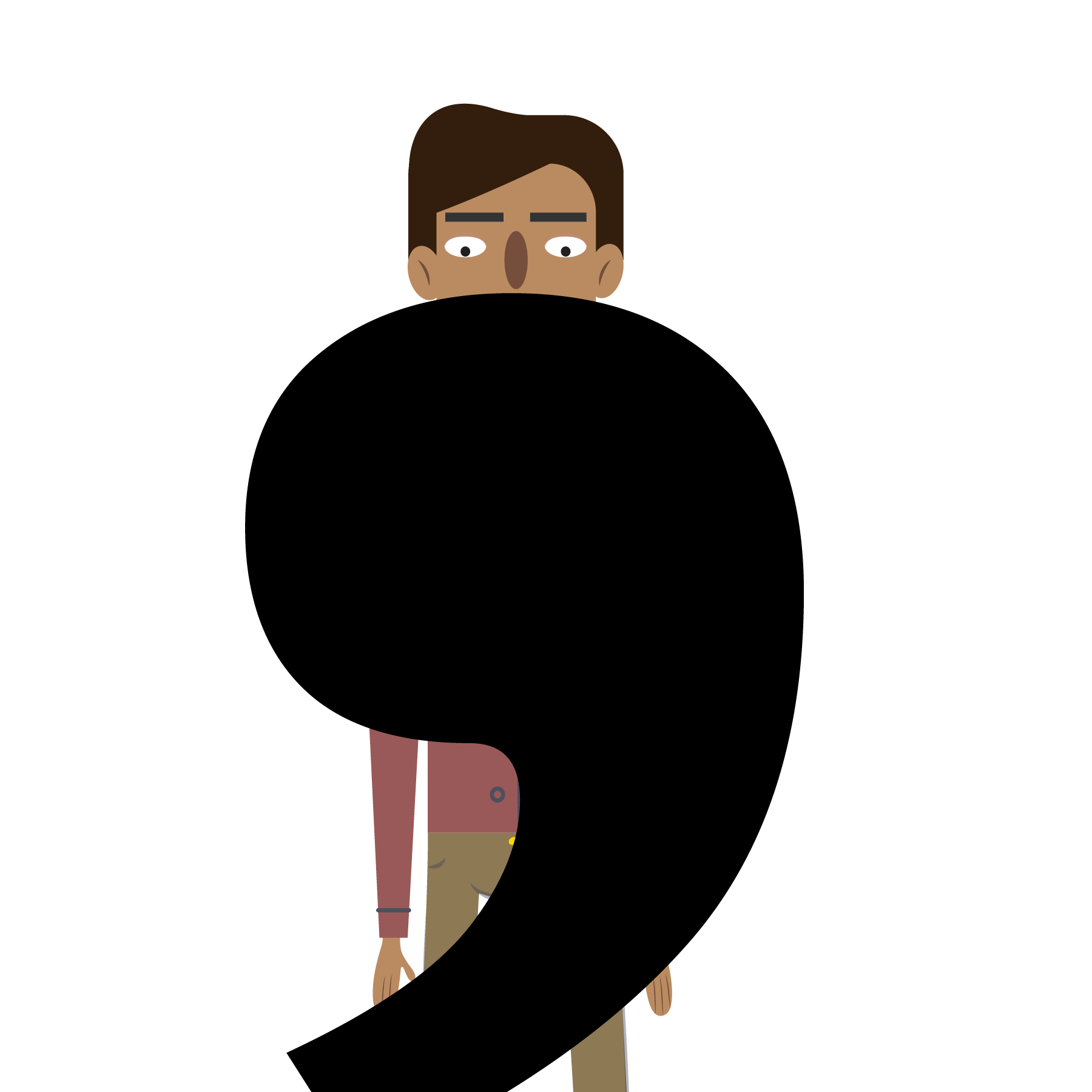Beyond the Comma: The Secret to Better Content Reviews
You’ve just been given some draft content to review. You start reading.
So far, it sounds great. But suddenly, you stop reading. Something terrible has happened. There’s a comma, and you’re not sure if it’s needed.
You spend the next 15 minutes trying to remember the grammar rules you learned in elementary school. Then you start searching online to see if your memory is correct.
You question the use of the comma as part of your comments, but finish the review in a distracted state.
We all know that commas are crucial to separating thoughts and disambiguating sentences. And they definitely deserve attention during content reviews.
But, here’s the problem.
When someone asks you later whether the content adequately highlighted your key messages, you realize you’re not sure about that either. Because once you turned your attention to the comma fiasco, you were no longer thinking about the overall storyline.
You were running through the trees, unable to see the forest.
Break Content Reviews Into Three Phases
To avoid the trap of going too deep too quickly during content reviews, try structuring your review into three phases. I know what you’re thinking: “What? You want me to read content three times? I absolutely do not have time for that.”
The good news is that a three-phase content review typically requires no more time than a single-phase review — especially one that meanders all over the place. And you’ll be able to provide far more insightful and useful input to the author.
1. Read the whole piece from start to finish
Flag disjointed ideas and thoughts, awkward phrasing, and potential grammar issues as you come across them, but don’t try to fix them yet. Instead, focus on the overall storyline:
- Is the piece telling the right story for the target audience?
- Does the story hold together and flow naturally from beginning to end?
- Are your key messages clearly communicated and sufficiently prominent?
- Are any important points missing from the story?
- Were you able to read the piece from start to finish without losing interest?
2. Go back to those awkward phrases and disjointed ideas
Once you've completed your read-through, go back to any spots where an idea or thought was unclear or did not seem to fit with the content before or after it.
To figure out why that was the case, ask yourself three questions:
- Is this thought or idea essential to the story, or could it be removed?
- Can the problem be resolved by changing the wording?
- Would the idea or thought fit better in a different location in the content?
Often all you need to do is identify the problem(s) and the author will be able to fix it. You may want to suggest a new location for the idea or thought, or recommend that the text be reworded, but it’s usually best to let the author make the move and any wording adjustments. This will save you time, and help to ensure a consistent voice and writing style throughout the content.
3. Now look at the commas...
Finally, it’s time to go back and think about those devilish commas you flagged earlier. You’ll likely find that the time you spent on the higher-level story elements makes the resolution much more obvious. Because you’re now familiar with the overall story and how it flows, adding and removing commas comes much more naturally and intuitively.
Your elementary school teacher would be proud.
And you still have time for a coffee before your next meeting.
